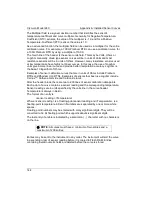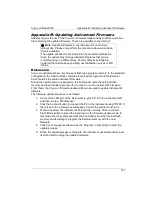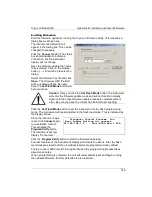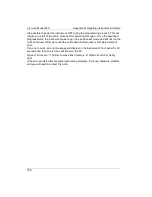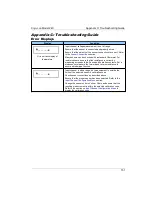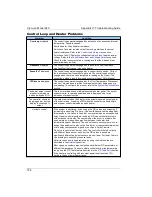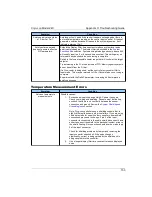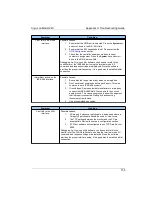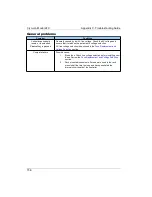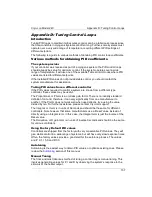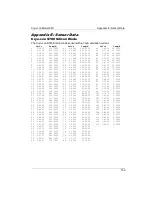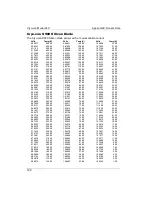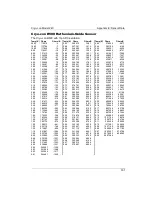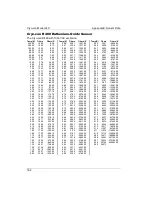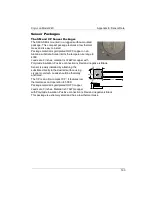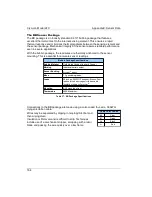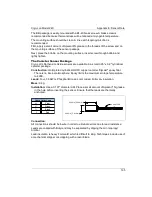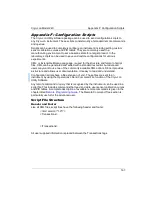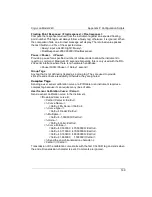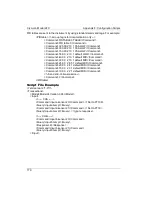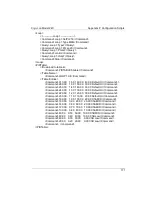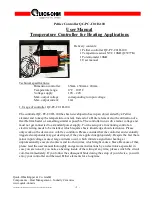
Cryo-con Model 24C
Appendix D: Tuning Control Loops
Appendix D: Tuning Control Loops
Introduction
Tuning PID loops to maintain high accuracy control can be a laborious process since
the time-constants in cryogenic systems are often long. Further, some systems must
operate over a very wide range of temperature, requiring different PID settings at
different setpoints.
The following is a guide to various methods of obtaining PID control loop coefficients.
Various methods for obtaining PID coefficients
The system provider
If your controller was received as part of a cryogenic system, the PID control loops
should already be setup for optimum control. If the system operates over a wide
range of temperature, it will use one of the available Table control modes where PID
values are listed for different setpoints.
If the installed PID values do not provide stable control, you should contact the
system manufacturer for assistance.
Taking PID values from a different controller
If the PID values required to control a system are known from a different type
controller, these values may be useful.
The Proportional, or P term is a unit-less gain factor. There is no industry standard
definition for it and, therefore, it can vary significantly from one manufacturer to
another. If the P term does not work well when used directly, try a using the value
divided by ten. For further assistance, please contact Cryo-con support.
The Integral, or I term is in units of Seconds and should be the same for different
controllers. Note however that some manufacturers use a ‘Reset’ value instead of
directly using an Integral term. In this case, the Integral term is just the inverse of the
Reset value.
The Derivative, or D gain term is in units of inverse Seconds and should be the same
for various controllers.
Using Factory Default PID values
Controllers are shipped from the factory with very conservative PID values. They will
give stable control in a wide range of systems, but will have very slow response times.
Often, the factory values provide a good start for the autotune process. The values
are: P 0.1, I 5.0 and D 0.0.
Autotuning
Autotuning is the easiest way to obtain PID values, or optimize existing ones. Please
review the
Autotuning
section of this manual.
Manual Tuning
The final, and most laborious method of tuning a control loop is manual tuning. This
involves generating values for P, I and D by observing the system’s response to the
stimulus of the heater output.
157


